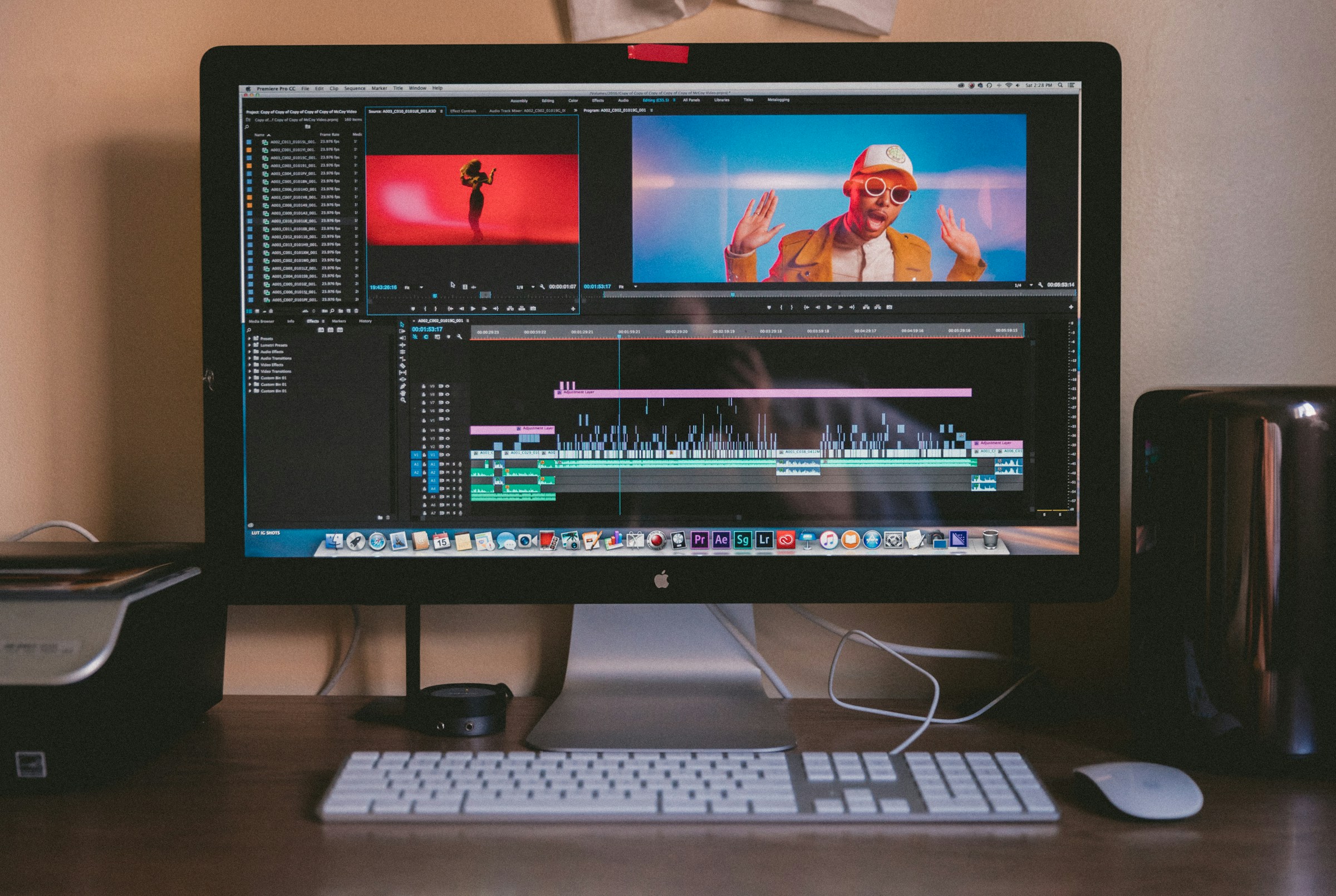Video content has become one of the most effective tools for brand visibility and audience engagement. It allows businesses to communicate messages quickly, evoke emotion, and connect with viewers on a personal level. Whether used for storytelling, education, or promotion, video marketing captures attention in ways text and static images often cannot.
As consumer habits evolve, brands that embrace video marketing consistently outperform competitors. With social media algorithms favoring visual content and audiences preferring quick, digestible information, understanding how to strategically use video is now a key component of building strong brand recognition.

Building Authentic Connections Through Storytelling
Authenticity remains at the heart of successful video marketing. Viewers gravitate toward brands that feel genuine, relatable, and transparent. Effective storytelling transforms a brand from a faceless company into a meaningful presence in consumers’ lives.
Instead of relying solely on sales-driven messages, businesses should focus on sharing real experiences, whether through customer testimonials, behind-the-scenes footage, or founder stories.
These narratives humanize the brand and help audiences form emotional bonds. For those seeking to refine their approach, it’s useful to find out more here about the different marketing tactics or do some research into storytelling frameworks used by established brands. Many successful campaigns follow a clear structure: introducing a relatable problem, demonstrating a solution, and ending with a memorable call to action.
Short-form videos, particularly on social media platforms like Instagram Reels, TikTok, and YouTube Shorts, are ideal for storytelling. They convey personality and purpose in under a minute, giving audiences a reason to remember and share the content. When done right, storytelling builds trust and drives long-term recognition far more effectively than one-off promotions.
Leveraging Educational and Informative Content
Audiences value brands that provide knowledge and insight. Educational videos position a company as an authority in its field while building loyalty among customers. Tutorials, product demonstrations, and explainer videos help consumers make informed decisions and reduce uncertainty about products or services.
Businesses can tailor educational content to different stages of the buyer’s journey. For new audiences, introductory videos highlight brand values and core offerings. For existing customers, in-depth guides or troubleshooting videos demonstrate a commitment to ongoing support.
Webinars and live Q&A sessions offer another layer of engagement. These formats allow for real-time interaction, creating opportunities for brands to connect directly with viewers while addressing their concerns. This level of transparency fosters credibility and strengthens brand identity.
Using Consistent Visual Branding
Brand recognition relies heavily on visual consistency. Every video, whether it’s an advertisement, tutorial, or announcement, should reflect the same tone, color palette, logo placement, and typography. This uniformity reinforces memory retention, ensuring that audiences instantly associate the style with the brand.
Even subtle design elements, such as intro animations or background music, contribute to familiarity. A strong visual identity across platforms improves recall and conveys professionalism and reliability. When audiences recognize a brand before hearing a word of dialogue, marketing efforts are clearly paying off.
Consistency extends to pacing and production quality. Brands don’t need massive budgets, but maintaining a standard of clarity and quality ensures that videos look polished and intentional. These cohesive elements help solidify a lasting impression in the minds of viewers.
Engaging Audiences Across Multiple Platforms
Each digital platform has its own strengths and audience behavior patterns. Maximizing visibility means adapting video content for each one while maintaining a unified message. Short, vertical videos perform best on social platforms like TikTok and Instagram, while longer, horizontally formatted videos thrive on YouTube or brand websites.
Repurposing content efficiently allows for a broader reach without overextending production resources. For instance, a full-length product launch video can be edited into short teasers, social clips, or GIFs for advertising campaigns. This approach keeps content fresh and ensures consistent exposure across multiple channels.
Engagement doesn’t end at posting. Responding to comments, tagging collaborators, and using strategic hashtags enhance discoverability and interaction. When audiences feel heard, they’re more likely to engage again, share content, and build an emotional connection with the brand.
Partnering With Influencers and Industry Voices
Collaborations with influencers and thought leaders can amplify brand exposure. Influencers already have established audiences that trust their recommendations, making their endorsement a powerful tool for visibility.
The key to success is alignment, selecting partners whose values, tone, and audience demographics match the brand’s identity. Authentic collaborations feel natural and benefit both parties, while forced partnerships can harm credibility.
Incorporating Analytics to Refine Strategy
Data-driven insights turn video marketing from guesswork into a measurable growth strategy. Monitoring metrics such as watch time, engagement rate, click-throughs, and audience retention helps identify what content resonates most.
Analytic tools from platforms like YouTube, Meta, and Google provide clear indicators of performance. Brands can use this data to refine video lengths, adjust posting times, or tweak creative elements for better impact.

Video marketing combines creativity, psychology, and strategy to build brand recognition that lasts. By focusing on authenticity, education, consistency, and measurable results, businesses can connect with audiences on a deeper level. Every video becomes more than content, it becomes an experience that reinforces identity, drives loyalty, and keeps the brand front of mind in a competitive digital landscape.


